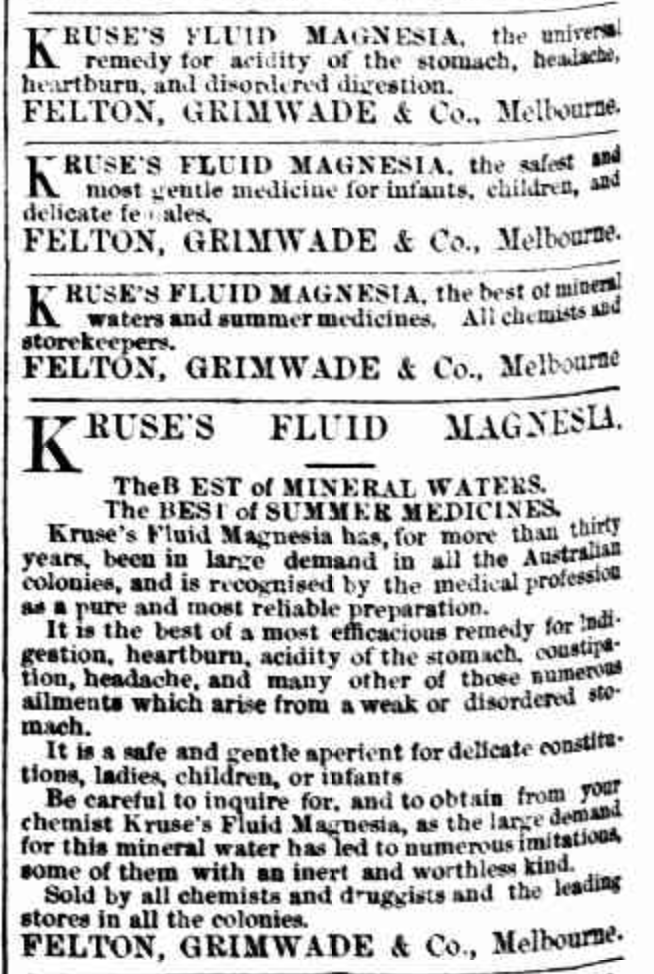Ten years ago I wrote about land records associated with my husband’s great great grandfather, George Young (1826–1890) who, after following earlier Victorian gold rushes, had moved to new diggings at Lamplough, near Avoca.
The Lamplough rush of 1859-1860 was one of Victoria’s last great scrambles for gold, the very last for George, who settled on a block of land and became a farmer in a small way. Thirty years later, still a farmer, he died there.
On 6 September 1873, 13 years after moving to Lamplough, George bought ten acres on Breadys Lane near the Lamplough-Greehill Creek Road. Soon afterwards he acquired a second block of ten acres adjacent to it. He first leased the second block then, in 1884, made an application to purchase it.
On 7 August 1877 George Young wrote to the Lands Office about his lease payments.

Lamplough August 7th, 1877
Sir
I herewith acknowledge receipt of circular of the 4th instant stating that it is intended to recommend that my licence for 10 Acres of land that I hold in the parish of Glenmona under the 49th Section of the land Act of 1869 be annulled for non payment of licence fee due on the 1st of November 1878. I can only say that there is an error somewhere, has I have paid the liscence fee at the time it was due and for which I hold the receipt signed by the land Officer at Avoca, said receipt is numbered 205 so that I suppose there’s a duplicate of it in the butt book from which it was taken, the land in question I have thoroughly enclosed three sides with a substantial upright fence of split timber let into ground about 20 inches, and about 5 feet high, the fourth side has a substantial three rail fence of split timber. I have also grubbed and cleared it of a deal of timber, and would have all or at least the greatest portion of it under cultivation but for sickness of self and loss of Horses. I do not reside on it but on my 42nd Section holding which adjoins it, On which I have about one Acre of a garden stocked with Fruit Trees & Vines, and the remainder has been cultivated. I can assure you that I hold the land bonafide has an assistance to living for self and family, and am at present using it to depasture a few Cows
I remain Sir
Your most Obedient Servant
George Young
Lamplough
The error was made by the Lands Office. George’s payment had been incorrectly posted.
His application to purchase the block in 1884 includes his responses to Lands Office questions:

What purpose is the land used or occupied? Being a Miner and wishing to make a home for self and family I use the land as a grazing paddock wherein to keep my horse and sometimes a Cow or two
When did you commence residing upon the allotment, and have you resided thereon continuously?If not, why not? Has the land adjoins my purchased allotment upon which I have my residence, Gardens, Dam, and which I occasionally cultivate I could not reside upon it
The files of the Department of Crown Lands and Survey, especially his 1877 letter appealing the annulment of his lease, told me a great deal about George Young’s circumstances. He made it clear that he had paid his licence fees on time, that he was using his land in compliance with legislation requiring him to improve the leased land in order to acquire it at the end of the lease.
George Young comes across as a well-informed settler, a solid citizen, more than capable of holding up his end of a dispute with the Colonial bureaucracy.

A Parish plan from VPRS 16171 Regional Land Office Parish and Township Plans Digitised Reference Set.
Retrieved through the Public Record Office Victoria https://mapwarper.prov.vic.gov.au/maps/1573



The view was captured in April 2008 during a drought, one of the worst recorded since European settlement.


His first block is on the left and the second is the photograph on the right, photographed in the opposite direction.
Related posts
- George Young’s land at Lamplough
- L is for Never Surrender Lodge No. 187 I. O. G. T. Lamplough
- Looking for George
Wikitree: George Edward Young (abt. 1826 – 1890)


















